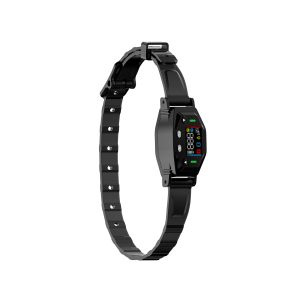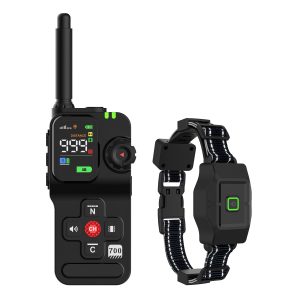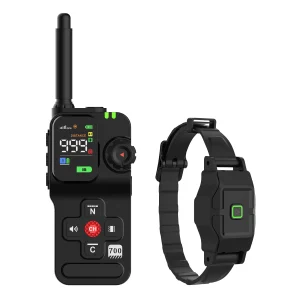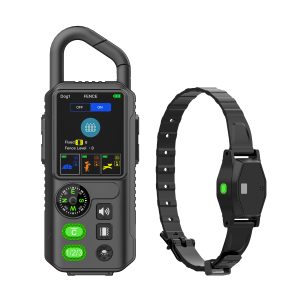Unlocking the Mystery: Can a Wireless Dog Fence Function in a Metal Building?
When it comes to keeping your furry friend safe while offering them freedom to roam, wireless dog fences provide an innovative solution. But what happens when your abode is made of metal? Are these fences rendered useless in such settings?
Understanding how wireless dog fences operate is crucial. They function based on radio signals emitted by the transmitter, forming a perimeter within which your canine friend can move freely. However, metal can interfere with these signals, impacting the fence’s efficacy.
Factors Affecting Performance in Metal Buildings:
- Signal Interference: Metal reflects, absorbs, and deflects radio signals, potentially disrupting the boundary established by the fence.
- Distance Limitations: Due to interference, the effective range of the fence might be reduced, limiting your dog’s roaming area.
- Installation Challenges: Erecting the fence in a metal-heavy environment requires strategic placement to minimize signal disruption.
Tips for Enhancing Performance:
To optimize the functionality of your wireless dog fence in a metal building, consider:
- Strategic Positioning: Locate the transmitter away from metal obstacles to ensure proper signal transmission.
- Signal Boosters: Invest in signal boosters or repeaters to counteract signal interference and expand the coverage area.
- Professional Consultation: Seek advice from experts in pet containment systems for tailored solutions in metal-heavy environments.
Ultimately, while challenges exist, wireless dog fences can work effectively in metal buildings with proper adjustments. By understanding the technology and implementing strategies to counter interference, you can provide your furry companion with a safe and secure environment to explore.




